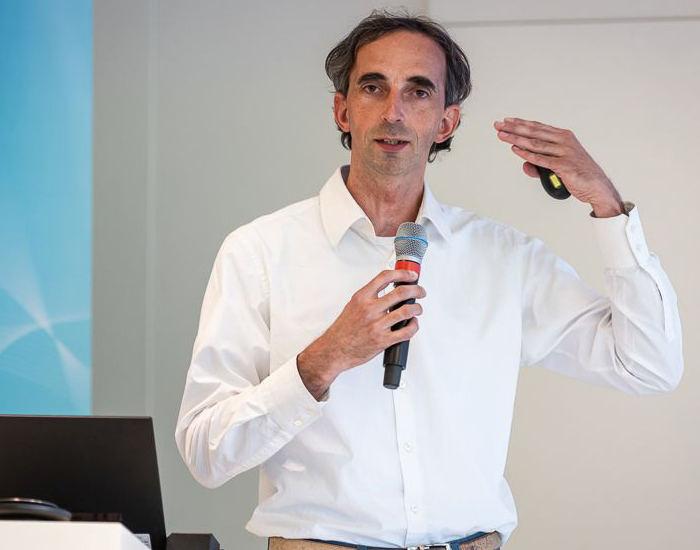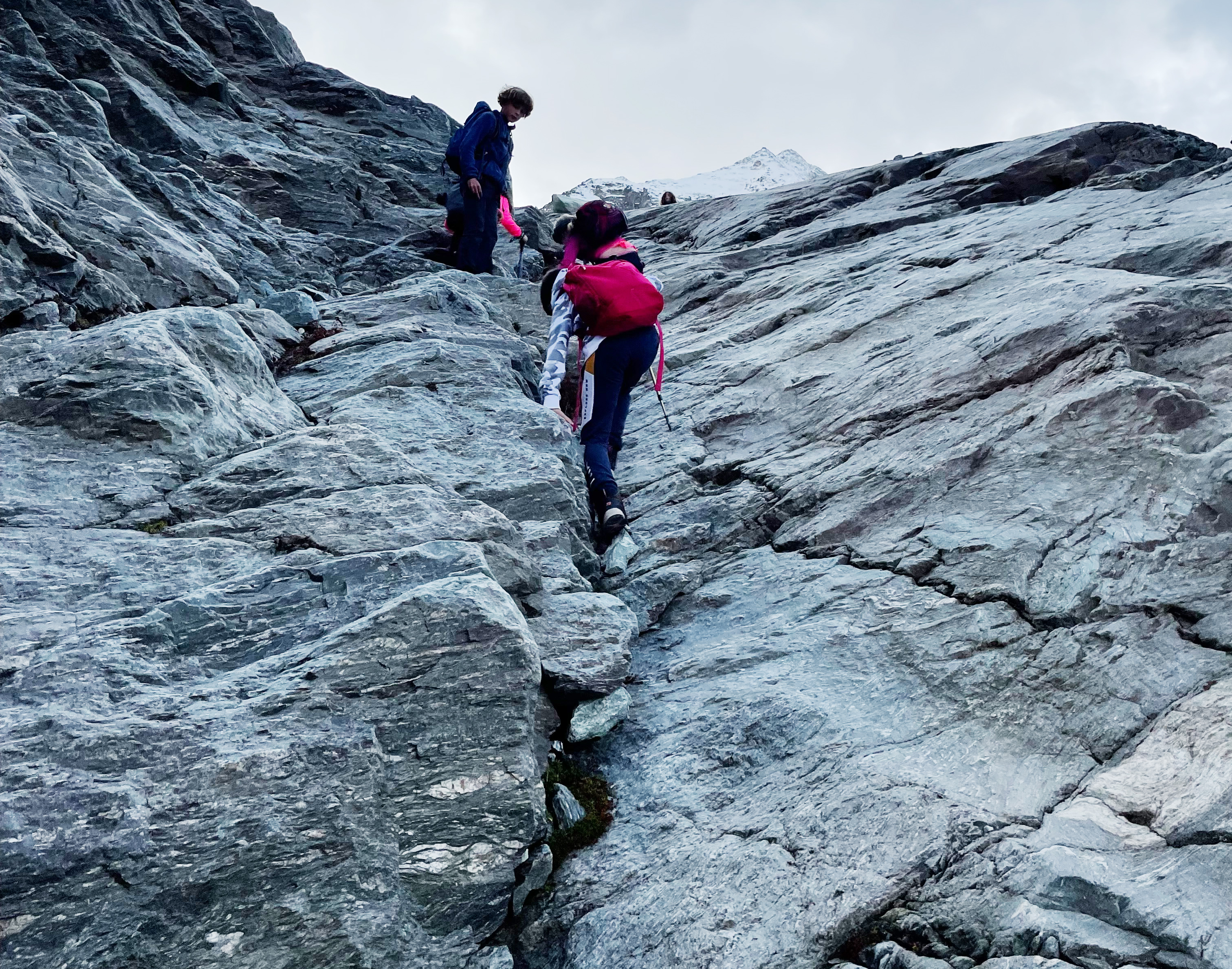
Marc Tobias, expert in innovation and business models, has spent much of his life outside in the mountains. His project “Kinder der Berge” (Children of the Mountains) aims to provide children who have undergone long-term intensive medical treatments with amazing experiences in nature. Between 2008 and 2009, he was the head of the Corporate and International Markets department at the Fraunhofer Center for International Management and Knowledge Economy IMW. He went on to become a management consultant for a University of St. Gallen spin-off and a senior expert for EU projects. Business models and strategies for transferring technology to industry still remain the focus of his career today. Since 2018 he is developing such strategies in his role as a techtransfer strategies advisor at the Fraunhofer-Gesellschaft headquarters.
Mr. Tobias, you have returned to the Fraunhofer-Gesellschaft in the Business Model Development, Techtransfer Strategies, Strategy Consulting section. What is your core mission?
We are trying to embed thinking about business models and the transfer of technology to industry early on within research projects at the institutes. Our colleagues are frequently focused on the research and there have been many cases in the past where transferring the technology to industry only became a consideration towards the end of the research project. Often it was too late at that point to steer the project in the right direction. Our goal is to make the transfer of technology to industry a consideration early on in the research process. At Fraunhofer, we tend to “get the development done” first and then approach the market. That is often a good approach, because we have a good understanding of the market, of course. But it doesn’t work in every case, and this is where we want to provide support for the projects and institutes.
So it’s about demonstrating the industrial relevance early on?
That is certainly an important part of it. But in many cases, it is often too early to decide about the industrial relevance. Sometimes we get involved in the early stages of development, which have not moved far beyond the basic research. The key thing is to include industry from the beginning. Take programmable materials, for example. This area could be ready for series production in five to ten years. If we prepare industry now for the fact that we will have solutions to offer in several years, it increases the chances of being able to implement those solutions.
What exactly does this look like?
We work with the scientists and try to embed a new way of thinking into the project teams. For example, we ran a workshop where we worked intensively with the researchers using the principles of design thinking. This involves thinking about topics such as “understanding others” or “developing empathy” — in particular, the goal is to “understand the entire ecosystem.” For example, when a new sensor is developed, it is not generally just a question of a new usage case — in fact, new value chains are created. Or take “rare-earth elements,” for example. Here the situation is significantly more complex. The problem we are facing is that we don’t currently have enough of these earth elements to facilitate the energy transition. So we then have to think about questions like: What impact would developing a recycling system for these metals have on the ecosystem? A great deal of research is currently going into using methane as a resource. But it has not yet reached the status of a fully developed new technology. We see great opportunities in the early development of new value chains. One question we might ask ourselves here is what would be the impact of famers in Germany becoming energy producers as a result?
What other forms of support do you provide?
We offer templates and outlines that can provide a way of approaching the transfer of technology to industry in a systematic manner. We also advise on questions regarding how to acquire customers and how to reach out to target groups, and we offer multistage transfer formats.
This includes, for example, a transfer catalog with best practices for transfer pathways. We also demonstrate how institutes can cooperate, for example through shared technology days, enterprise labs or shared labs. In addition to these services surrounding transfer strategies, we have developed the high-performance centers and the lead market approach, for example.
My focus is on innovation and business model methodologies. Our fantastic team in the Techtransfer Strategies department is developing transfer methods across all sections. The specialist departments have detailed approaches to specialist topics in place, for example through training courses, which we cooperate with the Fraunhofer Academy to provide. You could perhaps think of us as a sort of think tank for technology transfer.

